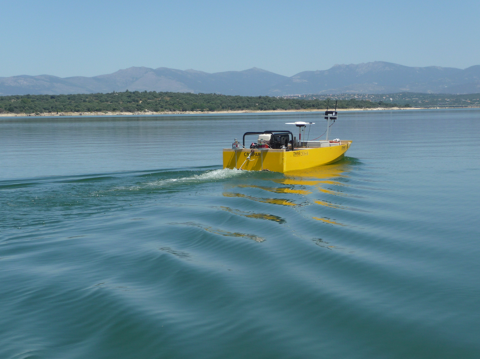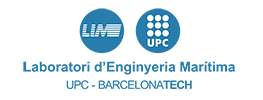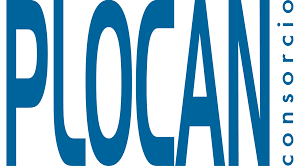NODO3 - CEHIPAR - Maneuverability in open lake
Maneuverability expresses the movements of the ship in a horizontal plane under calm water conditions. The maneuverability data is used for the design of the control surfaces, mainly the rudder. Variations of the control surfaces affect the course stability, the ability to run away in certain emergency situations, turning ability, turning radius for some kinds of fishing operations, the necessary stopping distance.
Free-running model maneuvering are done with a ship model, fitted out with the necessary instrumentation, tested in inshore waters. The model is guided by a remote control and is self-propelled and controlled. Valmayor reservoir, not far from Madrid and with enough water surface and depth for maneuvering without danger of collision, is used.
The organization has the knowledge, equipment and instrumentation necessary to perform and analyze free-running model maneuverability tests. The main maneuvers are: turning circle, pull-out, zig-zag, spiral and crash stop.
These maneuverability tests complement the maneuvers with captive model in which the model with its instrumentation is fixed through dynamometers to the computerized planar motion carriage (CPMC) of the Ship Dynamics Laboratory.





